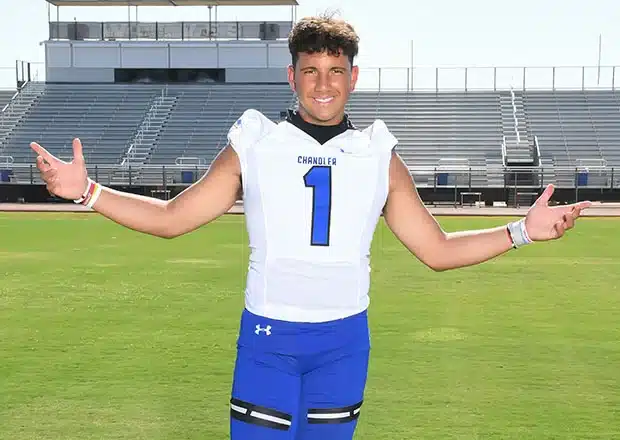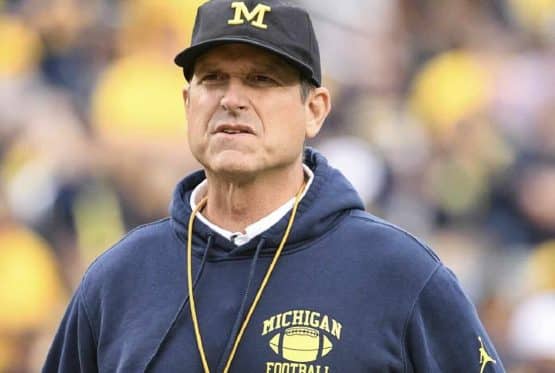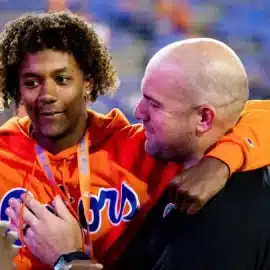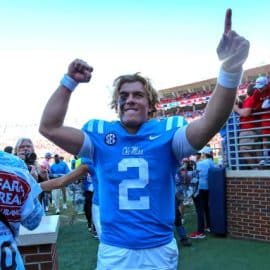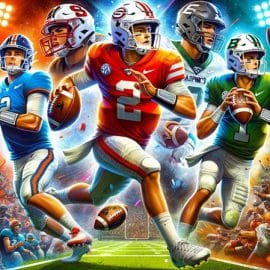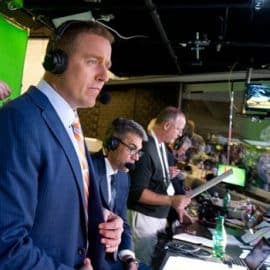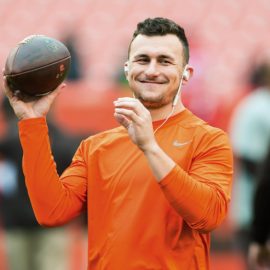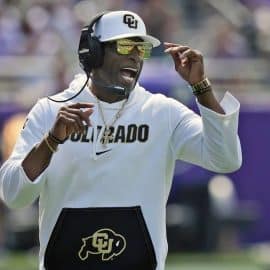College football recruiting is becoming increasingly unpredictable. This time in the loopy NIL era of recruiting, the University of Nebraska has successfully flipped Dylan Raiola, one of the nation’s top quarterback prospects, from the University of Georgia. This move has sent ripples through the collegiate sports world, underscoring the growing influence NIL deals in attracting elite high school athletes.
Nebraska Flips Raiola from UGA
Dylan Raiola, a 6-foot-2.5-inch quarterback weighing 230 pounds, is no ordinary high school athlete. Ranked as the top quarterback prospect in the college football class of 2024, Raiola’s commitment to Nebraska has significantly bolstered their 2024 recruiting class, placing it among the top 25 nationally.
Raiola’s recruitment journey has been interesting, to say the least, with prior commitments to both Ohio State and Georgia before his final flip to Nebraska. His decision to join the Cornhuskers, just days before the early signing period, marks a significant victory for Nebraska’s football program.
Possible Factors Behind Raiola’s Decision
While the exact reasons for Raiola’s decision remain speculative, several factors could have played a role. Raiola’s uncle, Donovan Raiola, serves as the offensive line coach at Nebraska, potentially influencing his choice.
Additionally, the emerging NIL landscape in college sports might have been a significant factor. The University of Nebraska’s recently formed NIL collective, the Big Red Collaborative (BRC), aims to support Husker athletes in monetizing their NIL rights and providing financial education.
This collective, backed by Nebraska alumni and the athletic department, offers a unique model that might have appealed to Raiola and his family.
NIL Deals and Their Impact
Nebraska coach Matt Rhule’s recent statements shed light on the financial aspects of modern college football recruiting. Rhule highlighted the substantial investments required to secure top talent, stating, “a good quarterback costs $1 million to $1.5 million to $2 million right now.”
He further noted that some teams have players who are effectively $6-7 million athletes, which is likely where a talent like Raiola would fall. These remarks underscores the significant role of NIL deals in shaping recruitment strategies and athlete decisions in today’s collegiate sports landscape.
With the financial power of their NIL collectives, this could have been a large part behind Raiola’s flip. The only thing left to see now is whether he will be worth the likely multi-million dollar deal for the Huskers.
Add The Sports Daily to your Google News Feed!
